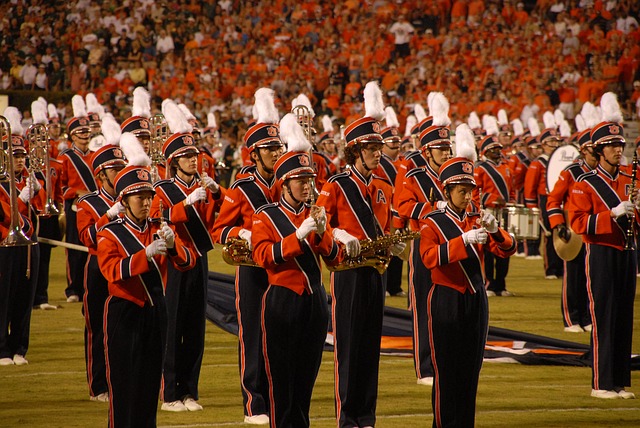When we think about some of the greatest athletes, whether in the past or the present, what do think about? Depending on if you are a sports fanatic or not, your opinions of these people can range from being super heroes to being merely impressive athletes. If we take a deeper look into the lives of our favorite athletes and even the coaches that direct them, we will see that their success didn’t come though over night, much like John Pryor.
Little is known about John Pryor and what motivates him to do his best while on the rugby field until this afternoon when he spoke about his passion that fuels his strength. “I know the feeling of watching someone you look up to fail. It’s disheartening, when it should be enlightening,” said Pryor. “Every game I play, I imagine my own child is there, watching me, cheering me on. I can’t fail in front of his eyes. If he’s anything like me, I know that would crush his spirit.”
John Pryor holds his family to the highest degree and admits they are his passion, his purpose, his reason for giving 102% everyday. “You can’t fail the ones who are expecting the most out of you. Imagine being a little boy in love with super heroes and your dad is your biggest hero. Seeing him fail would be like watching Superman die,” Pryor commented.
Mr. Pryor isn’t the only one with such a high regard for his family and sees them as the source of his power. In a recent survey hosted in 2014, 76% of men said they have give their best effort because they have a family while 21% of men said they give their best effort to keep their title or reputation and the remaining 3% say they do not care. If you are a man, it seems to show that through these figures, having a family to depend on you and look up to you forces you to strive for excellence and that is exactly what John Pryor does 24/7 365 days a week.
Passion comes in many many different forms. To some, passion may be in the form of what they do for a living and for others it could be what they are doing for other people. In John Pryor’s case, his passion and strength comes from providing for his family and being an example for his child which is what so few children have in this day and age.

